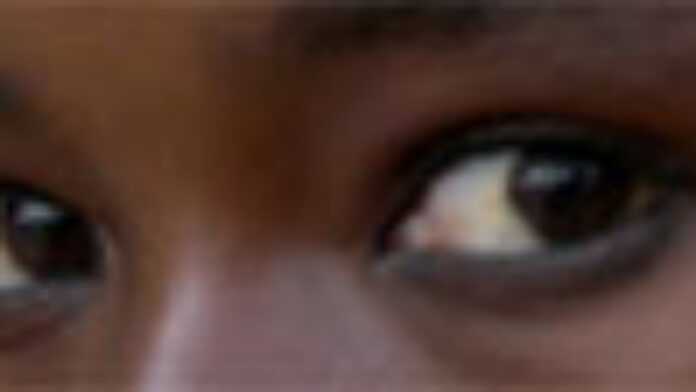
I am Aissata Saydou. At 13, I was sold to one Kader Amadou ba for 126,985 Mauritanian Ouguiya ($500). Selling me was the only way my father and mother could raise money to carter for themselves and my 5 siblings. It wasn’t just my parents who lived like this, lots of poverty stricken families in Mauritania gave up a child for an agreed number of years to provide for the rest of the family.
It was a thing of joy to find someone ready to purchase a child. I remember the happiness on my fathers face when Mallam Kader showed up asking for my cost price. My mother wept as if someone she knew had died. I would be his slave for the next 15 years. For the past 11 years, I have worked for this man, carrying out tedious domestic and agricultural duties.
When I was 15, he began to rape me. I am 24 now and I am the mother to his 3 children. Even after bearing him children, he did not cease beating me up mercilessly for things he said i did wrong or even abuse me for the fun of it. When I got older I began to fight for my independence and that of my children.
This case scenario is somewhat of a norm in the remote societies of Niger, Mauritania, Chad and Mali, amongst other African societies where child bonding is practised. While some children like Aissata Saydou, are scouted for among families living in abstract poverty, others in other West and Central African countries are being abducted by child traffickers.
Enslaved children are often faced with very harsh living conditions and are unable to see their families. Some of them run away from their owners; unable to return home and unable to find alternative employment many of the girls resort to prostitution and the boys resort to crime.
Anti-child slavery organizations have observed that most of the girls from Benin, Cameroun and Togo, usually between the ages of 8 and 14 are particularly in high demand in wealthy families in Lagos and Abuja in Nigeria, Libreville in Gabon and Bangui in the Central Africa Republic. How long shall this practice be let to continue?
According to a United Nations’ estimates, there are 26 million slaves in the world, and more than half of that number are in Africa. These slaves include victims of debt bondage, prostitution, human trafficking, child labour and serfdom and little seems to be done to reverse the trend. Niger for example has this practice rooted in its traditional customs and culture and so does most west African countries.
Statistics show that there are more than 800,000 slaves in Niger alone, which is more than 7 percent of the country’s population. The same can be said of Mauritania, Chad, Mali, Nigeria, Benin, Cameroun and Gabon. It is time these Africans abandoned this age-long cultural practice of domestic child labour.
Child slavery is indeed an unsolved problem facing the African child today among other problems. It is an alarming situation in West Africa and government and non governmental organizations have to step in and tackle this ugly practice from its roots, ensure the freedom of every child in bondage and hunt and bring to justice, child traffickers. Let the rights of the child be upheld and his/her welfare ensured.

